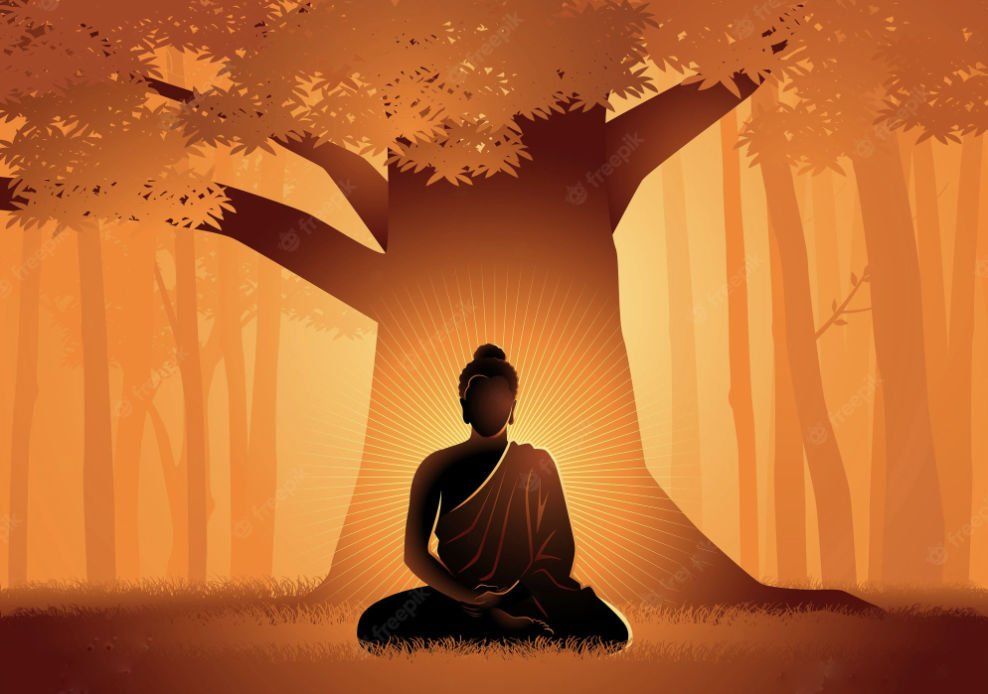Zazen and Enlightenment (what Dogen meant)
It is well accepted that Dogen’s view is that to sit in zazen is to sit in enlightenment. In “Fukanzazengi,” Dogen plainly says that zazen is “the practice realization of totally cultivated enlightenment” and that in zazen, meditators “gain accord with the enlightenment of the Buddhas.” In “Genjo Koan,” he says that when you first seek dharma, or begin zazen, “you are immediately your original self.”

There is an approach to enlightenment that removes it many years away from a beginning zazen practitioner. This approach stresses “sudden enlightenment,” which a meditator might expect to experience after 30 years or so after beginning zazen. Yet here is Dogen saying that even a beginner in zazen sits in enlightenment.
How do we resolve this discrepancy between the “sudden enlightenment” approach and Dogen’s view? It seems to me that the most important thing to ask is “What is enlightenment?”
I attended a retreat at Green Gulch Farm years ago. During this retreat, a renowned dharma student of Shunryu Suzuki, Reb Anderson, was giving a talk to a large audience. A bold fellow asked the question from the floor, “What is enlightenment?” After a long pause, Reb responded, “non-separateness.”
That non-separateness, or a deep sense of connection with things, is enlightenment seems also to be the view of another well-known Zen teacher, Adyashanti. In an interview in The Sun journal, he described an experience he had when (apparently) he was in his home. In this experience, he felt, simultaneously with the loss of I-consciousness, that he was the sound of a bird, he was the stove, he was the toilet; in short, he felt that “everything is one.” [1]
I think that if a person, while doing zazen, attends to what is going on in their mind, he or she will discover that a sense of non-separateness edges its way around the focal point of breathing. Non-separateness does not come into focus, but comes around the focus as a non-articulated sense of connection with things, a comfortable sense of unity.
This is the non-separateness that Reb Anderson and Adyashanti are talking about as constituting enlightenment. This sense of non-separateness is also, in my view, what Dogen has in mind when he says that zazen is “the practice realization of totally cultivated enlightenment.”
As one continues with zazen, the sense of non-separateness becomes stronger and can extend beyond sitting, accompanying one in daily life. Kosho Uchiyama says, “. . . The longer I practice, the clearer it becomes to me that nothing is separated from me.”[2] It is inherent in zazen that continuing with the practice brings this sense of connection. As Dogen says, again in “Fukanzazengi,” “Going forward in practice is a matter of everydayness.” Eventually non-separateness becomes a part of one’s ordinary life. .
Footnotes
- Luc Saunders and Sy Safransky, “Who Hears This Sound? Adyashanti On Waking Up From The Dream of ‘Me,’” The Sun, December, 2007, pp. 5-15.
- Kosho Uchiyama, Opening the Hand of Thought, Boston, 2004, p. 155.